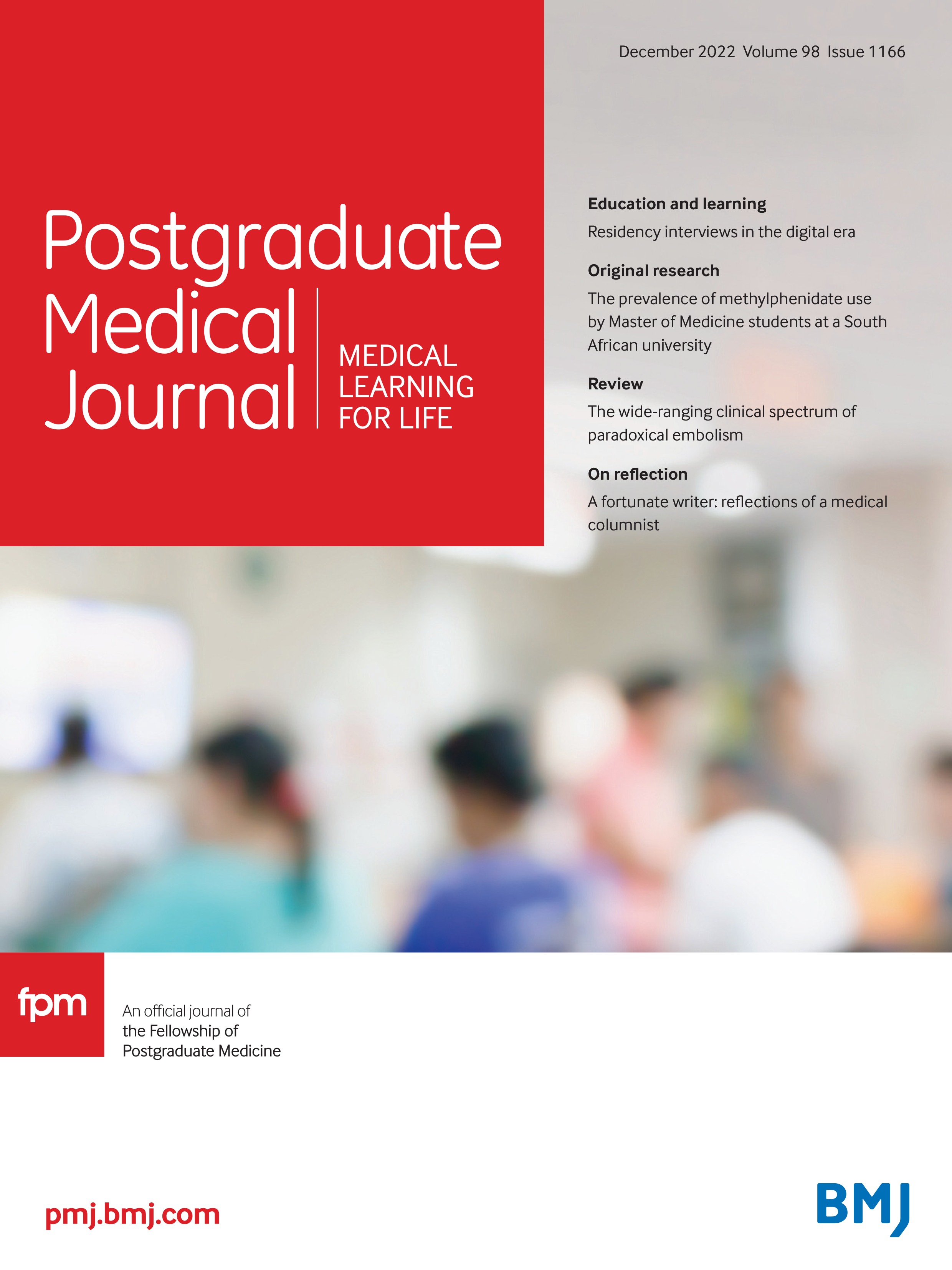Abstract
The purpose of this review is to raise the index of suspicion for paradoxical embolism among generalists. The review is based solely on anecdotal reports compiled from EMBASE, MEDLINE, Googlescholar and Pubmed. Search terms were ‘paradoxical embolism’, ‘pulmonary embolism’ and ‘pulmonary arteriovenous malformations’. What emerged was that right-to-left paradoxical embolism could occur with or without concurrent pulmonary embolism, and also with and without proof of the presence of an ‘embolus-in-transit’. Potential sites of single or multiple systemic involvement included the central nervous system, the coronary circulation, renal arterial circulation, splenic circulation, the mesenteric circulation and the limbs. In many cases, the deep veins of the lower limbs were the source of thromboembolism. In other cases, thrombi originated from an atrial septal aneurysm, from a central venous line, from a haemodialysis-related arterio-venous shunt, from a popliteal vein aneurysm, internal jugular vein, superior vena cava, from a pulmonary arteriovenous malformation, from tricuspid valve endocarditis (with and without pulmonary embolism) and from the right atrium, respectively. Stroke was by far the commonest systemic manifestation of paradoxical embolism. Some strokes were attributable to pulmonary arteriovenous malformations with or without coexistence of intracardiac shunts. Clinicians should have a high index of suspicion for paradoxical embolism because of its time-sensitive dimension when it occurs in the context of involvement of the intracranial circulation, coronary circulation, mesenteric circulation, and peripheral limb circulation.
- cardiology
- neurology


